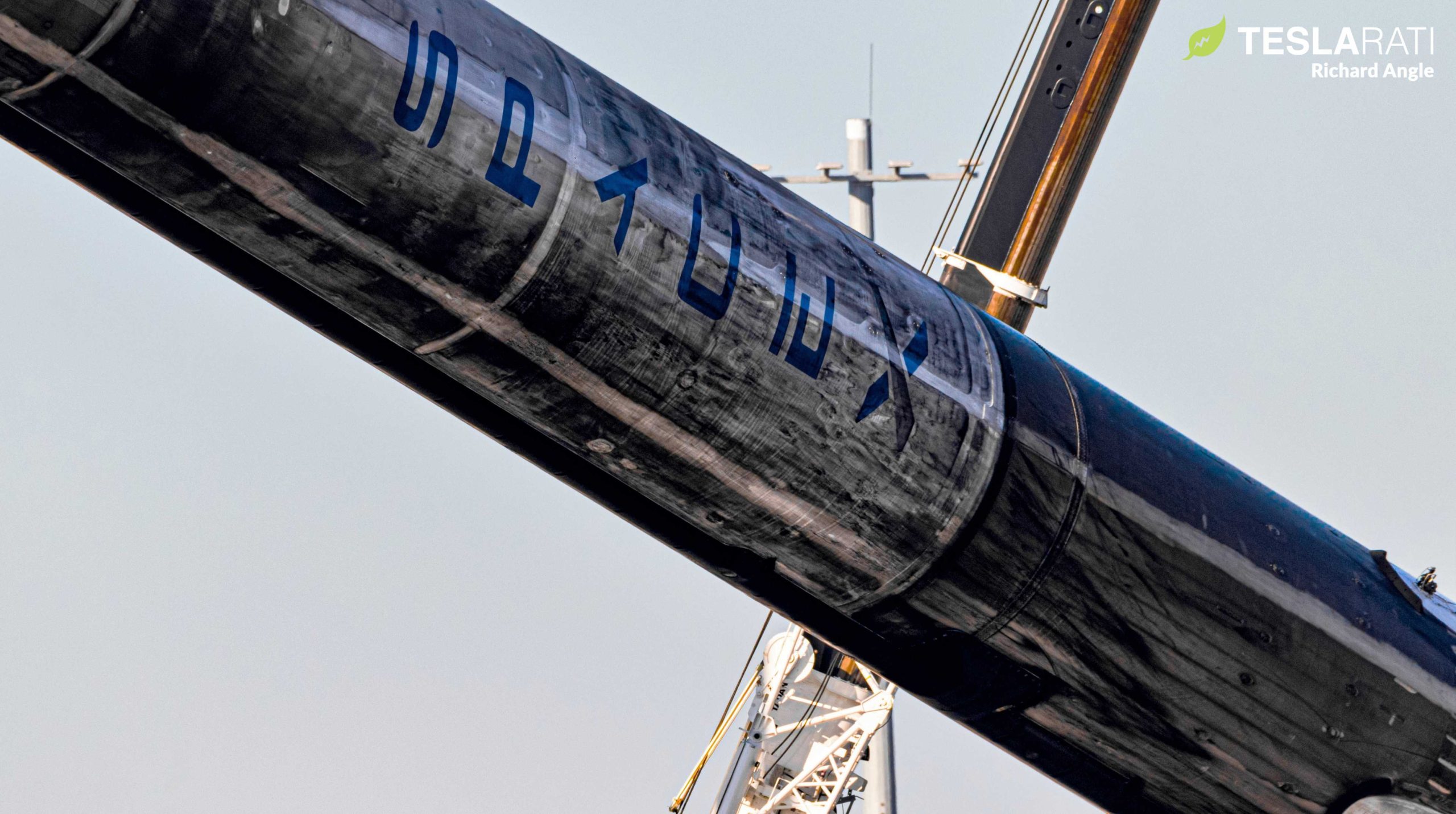
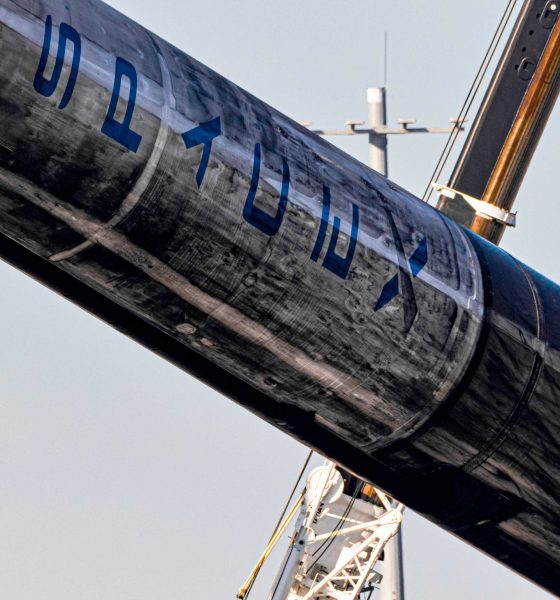
News
SpaceX whistleblowers allege widespread sexual harassment
On the heels of a similar report on Blue Origin, five whistleblowers in two different exposes from Lioness and The Verge allege that SpaceX effectively fosters a work environment that is extremely hostile and unresponsive to women.
Above all else, all five former employees describe experiencing sexual harassment, inept responses from human resources (HR), and varying degrees of retaliation after attempting to pursue a fair corporate response. Ashley Kosack, a Rochester Institute of Technology Dean’s List graduate of mechanical engineering and a former SpaceX mission integration engineer and intern with almost four years of experience at the company between January 2017 and November 2021, is at the center of both reports.
First, it’s crucial to note that while several recent Blue Origin exposes alleged rampant sexual harassment and major internal issues that threatened the safety of its projects and of the space tourists that fly on its rockets, none of the whistleblowers attempting to hold SpaceX accountable for its poor treatment of women employees raised concerns about the company’s approach to safety. Nevertheless, Ashley Kosack, Julia CrowleyFarenga, and three other anonymous employees raise allegations that should still be taken seriously.
Above all else, the five describe an environment where women and nonbinary employees are regularly harassed by their male colleagues (ranging from fellow interns and entry-level engineers to managers and senior technicians), whose behavior is then effectively ignored or swept under the rug by SpaceX’s human resources department. In some cases, not only did HR fail to rectify the situation in any way, but they apparently made harassers aware of the allegation and the person alleging harassment. Some were then harassed more and retaliated against, often leading to severe stress and sometimes causing the harassed employees to quit outright.
In two particularly egregious examples, Kosack discovered that SpaceX – an almost two-decade-old company – apparently has no official HR system or mechanism in place to ensure that employees who harass other employees are not only punished accordingly, but at all. It’s difficult to assume anything good about the work culture of a company that explicitly refuses to ensure that sexual harassers face predictable repercussions for their actions. Later, when attempting to take advantage of SpaceX and COO Gwynne Shotwell’s often-advertised “Ethics and Compliance tip line,” Kosack discovered that the tip line wasn’t actually anonymous – making a farce of a tool theoretically meant to make internal whistleblowers feel comfortable enough to speak up.
One source that spoke to Teslarati revealed that that was also the case years ago and has even resulted in at least one employee being fired in retaliation for attempting to raise what they believed were real safety concerns. Shotwell, among others, reportedly receives all content submitted via the tip line. However, SpaceX has achieved an incredible record of success over the last five years, successfully completing more than 100 Falcon launches in a row. SpaceX, with NASA oversight, has also completed five crewed launches since May 2020, successfully launching 18 people in less than a year and half. If there are or were major safety concerns about how SpaceX was building, testing, or flying its Falcon rockets and Dragon spacecraft, that evidence suggests that the company is able to effectively deal with them.
All five whistleblowers still agreed that SpaceX is managing those feats despite consistently treating its workforce like an expendable resource – especially in the case of nonbinary and women employees. Even for men at SpaceX, it’s incredibly rare for employees to last more than five years – which, at least a few years ago, happens to be when accrued equity vests. As long as that remains the case and as long as employees feel like they’re hopeless in the face of egregious harassment, it’s hard to imagine that those retention issues will ever change or that SpaceX’s poor workforce diversity will ever significantly improve.

Elon Musk
SpaceX’s Starship FL launch site will witness scenes once reserved for sci-fi films
A Starship that launches from the Florida site could touch down on the same site years later.
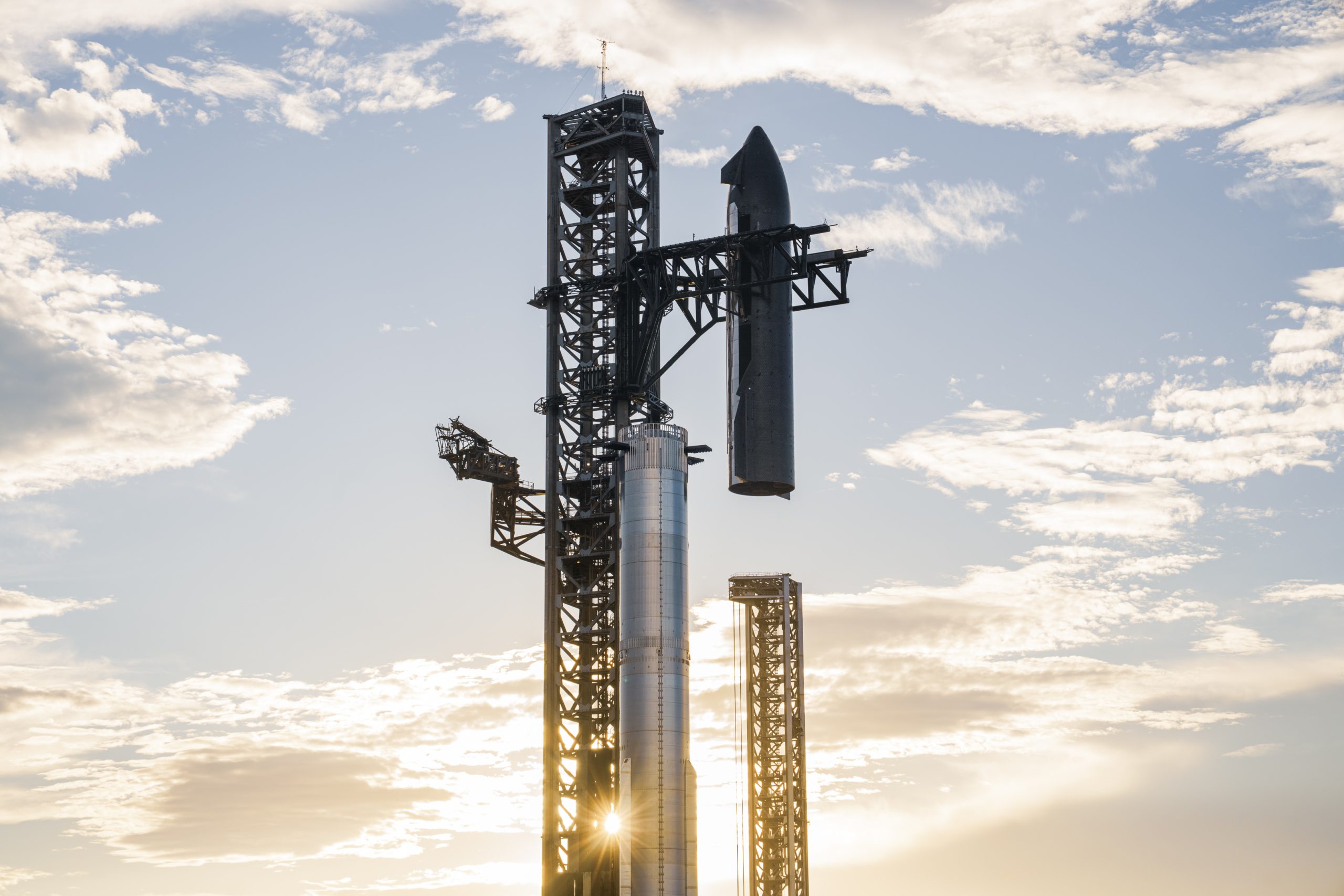
The Department of the Air Force (DAF) has released its Final Environmental Impact Statement for SpaceX’s efforts to launch and land Starship and its Super Heavy booster at Cape Canaveral Space Force Station’s SLC-37.
According to the Impact Statement, Starship could launch up to 76 times per year on the site, with Super Heavy boosters returning within minutes of liftoff and Starship upper stages landing back on the same pad in a timeframe that was once only possible in sci-fi movies.
Booster in Minutes, Ship in (possibly) years
The EIS explicitly referenced a never-before-seen operational concept: Super Heavy boosters will launch, reach orbit, and be caught by the tower chopsticks roughly seven minutes after liftoff. Meanwhile, the Starship upper stage will complete its mission, whether a short orbital test, lunar landing, or a multi-year Mars cargo run, and return to the exact same SLC-37 pad upon mission completion.
“The Super Heavy booster landings would occur within a few minutes of launch, while the Starship landings would occur upon completion of the Starship missions, which could last hours or years,” the EIS read.
This means a Starship that departs the Florida site in, say, 2027, could touch down on the same site in 2030 or later, right beside a brand-new stack preparing for its own journey, as noted in a Talk Of Titusville report. The 214-page document treats these multi-year round trips as standard procedure, effectively turning the location into one of the world’s first true interplanetary spaceports.
Noise and emissions flagged but deemed manageable
While the project received a clean bill of health overall, the EIS identified two areas requiring ongoing mitigation. Sonic booms from Super Heavy booster and Starship returns will cause significant community annoyance” particularly during nighttime operations, though structural damage is not expected. Nitrogen oxide emissions during launches will also exceed federal de minimis thresholds, prompting an adaptive management plan with real-time monitoring.
Other impacts, such as traffic, wildlife (including southeastern beach mouse and Florida scrub-jay), wetlands, and historic sites, were deemed manageable under existing permits and mitigation strategies. The Air Force is expected to issue its Record of Decision within weeks, followed by FAA concurrence, setting the stage for rapid redevelopment of the former site into a dual-tower Starship complex.
SpaceX Starship Environmental Impact Statement by Simon Alvarez
News
Tesla Full Self-Driving (FSD) testing gains major ground in Spain
Based on information posted by the Dirección General de Tráfico (DGT), it appears that Tesla is already busy testing FSD in the country.
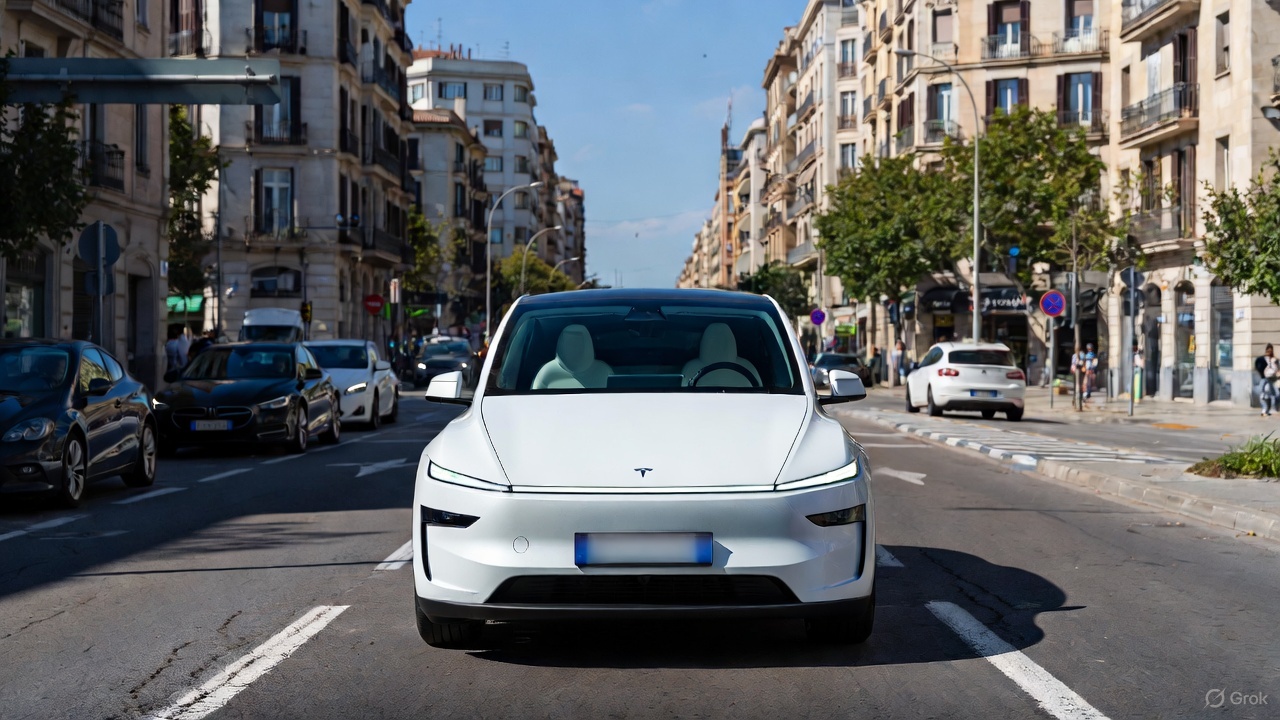
Tesla’s Full Self-Driving (Supervised) program is accelerating across Europe, with Spain emerging as a key testing hub under the country’s new ES-AV framework program.
Based on information posted by the Dirección General de Tráfico (DGT), it appears that Tesla is already busy testing FSD in the country.
Spain’s ES-AV framework
Spain’s DGT launched the ES-AV Program in July 2025 to standardize testing for automated vehicles from prototypes to pre-homologation stages. The DGT described the purpose of the program on its official website.
“The program is designed to complement and enhance oversight, regulation, research, and transparency efforts, as well as to support innovation and advancements in automotive technology and industry. This framework also aims to capitalize on the opportunity to position Spain as a pioneer and leader in automated vehicle technology, seeking to provide solutions that help overcome or alleviate certain shortcomings or negative externalities of the current transportation system,” the DGT wrote.
The program identifies three testing phases based on technological maturity and the scope of a company’s operations. Each phase has a set of minimum eligibility requirements, and applicants must indicate which phase they wish to participate in, at least based on their specific technological development.
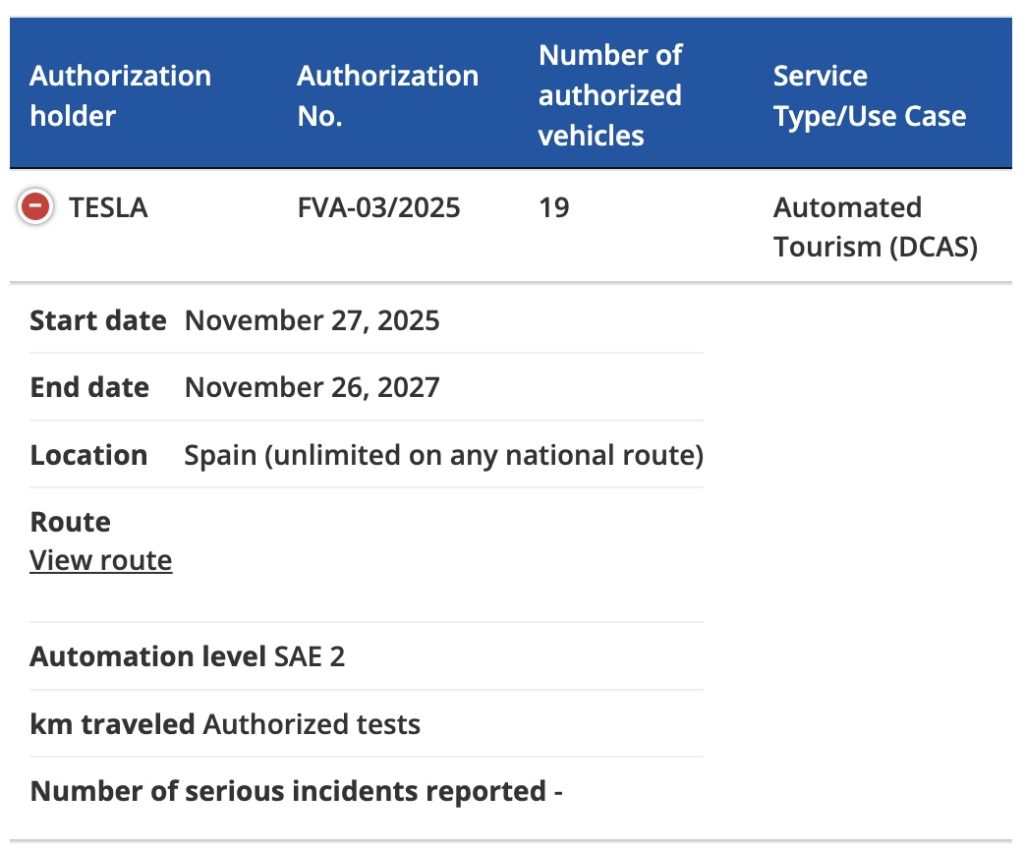
Tesla FSD tests
As noted by Tesla watcher Kees Roelandschap on X, the DGT’s new framework effectively gives the green flight for nationwide FSD testing. So far, Tesla Spain has a total of 19 vehicles authorized to test FSD on the country’s roads, though it would not be surprising if this fleet grows in the coming months.
The start date for the program is listed at November 27, 2025 to November 26, 2027. The DGT also noted that unlimited FSD tests could be done across Spain on any national route. And since Tesla is already in Phase 3 of the ES-AV Program, onboard safety operators are optional. Remote monitoring would also be allowed.
Tesla’s FSD tests in Spain could help the company gain a lot of real-world data on the country’s roads. Considering the scope of tests that are allowed for the electric vehicle maker, it seems like Spain would be one of the European countries that would be friendly to FSD’s operations. So far, Tesla’s FSD push in Europe is notable, with the company holding FSD demonstrations in Germany, France, and Italy. Tesla is also pushing for national approval in the Netherlands in early 2026.
News
Tesla FSD V14.2.1 is earning rave reviews from users in diverse conditions
Tesla’s Full Self-Driving (Supervised) software continues its rapid evolution, with the latest V14.2.1 update drawing widespread praise.
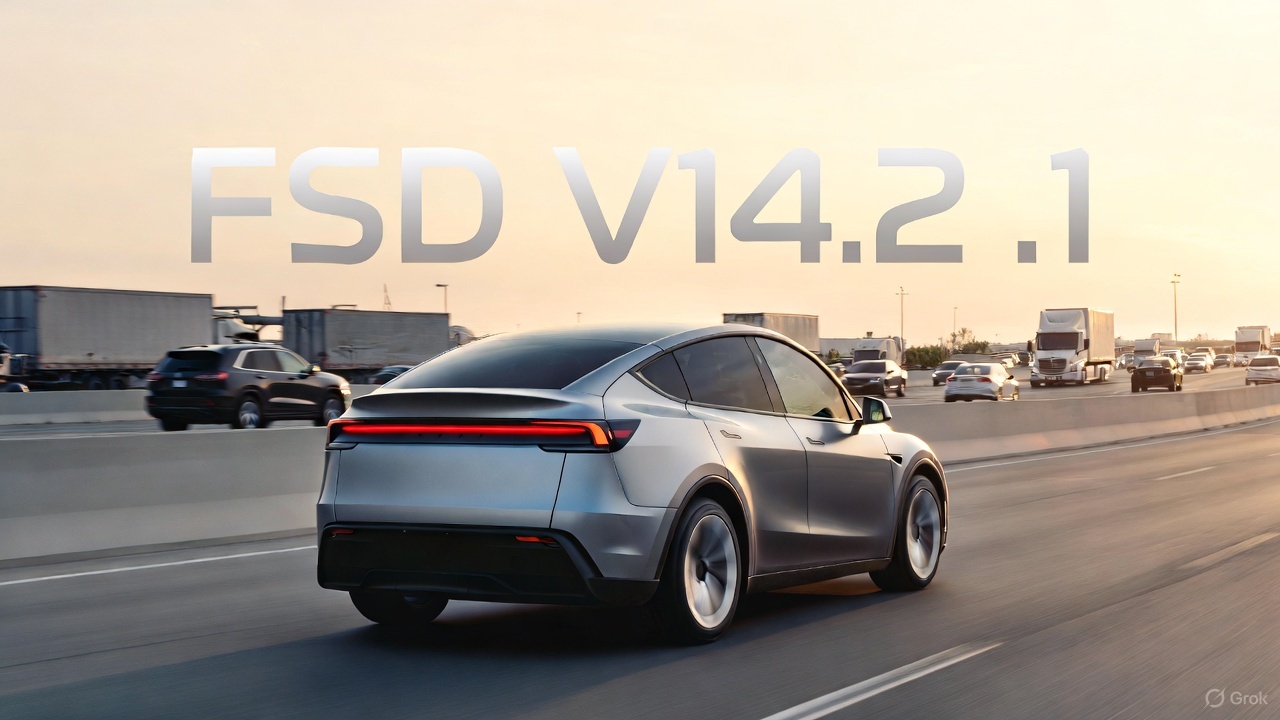
Tesla’s Full Self-Driving (Supervised) software continues its rapid evolution, with the latest V14.2.1 update drawing widespread praise for its smoother performance and smarter decision-making.
Videos and firsthand accounts from Tesla owners highlight V14.2.1 as an update that improves navigation responsiveness, sign recognition, and overall fluidity, among other things. Some drivers have even described it as “more alive than ever,” hinting at the system eventually feeling “sentient,” as Elon Musk has predicted.
FSD V14.2.1 first impressions
Early adopters are buzzing about how V14.2.1 feels less intrusive while staying vigilant. In a post shared on X, Tesla owner @LactoseLunatic described the update as a “huge leap forward,” adding that the system remains “incredibly assertive but still safe.”
Another Tesla driver, Devin Olsenn, who logged ~600 km on V14.2.1, reported no safety disengagements, with the car feeling “more alive than ever.” The Tesla owner noted that his wife now defaults to using FSD V14, as the system is already very smooth and refined.
Adverse weather and regulatory zones are testing grounds where V14.2.1 shines, at least according to testers in snow areas. Tesla watcher Sawyer Merritt shared a video of his first snowy drive on unplowed rural roads in New Hampshire, where FSD did great and erred on the side of caution. As per Merritt, FSD V14.2.1 was “extra cautious” but it performed well overall.
Sign recognition and freeway prowess
Sign recognition also seemed to show improvements with FSD V14.2.1. Longtime FSD tester Chuck Cook highlighted a clip from his upcoming first-impressions video, showcasing improved school zone behavior. “I think it read the signs better,” he observed, though in standard mode, it didn’t fully drop to 15 mph within the short timeframe. This nuance points to V14.2.1’s growing awareness of temporal rules, a step toward fewer false positives in dynamic environments.
FSD V14.2.1 also seems to excel in high-stress highway scenarios. Fellow FSD tester @BLKMDL3 posted a video of FSD V14.2.1 managing a multi-lane freeway closure due to a police chase-related accident. “Perfectly handles all lanes of the freeway merging into one,” the Tesla owner noted in his post on X.
FSD V14.2.1 was released on Thanksgiving, much to the pleasant surprise of Tesla owners. The update’s release notes are almost identical to the system’s previous iteration, save for one line item read, “Camera visibility can lead to increased attention monitoring sensitivity.”









